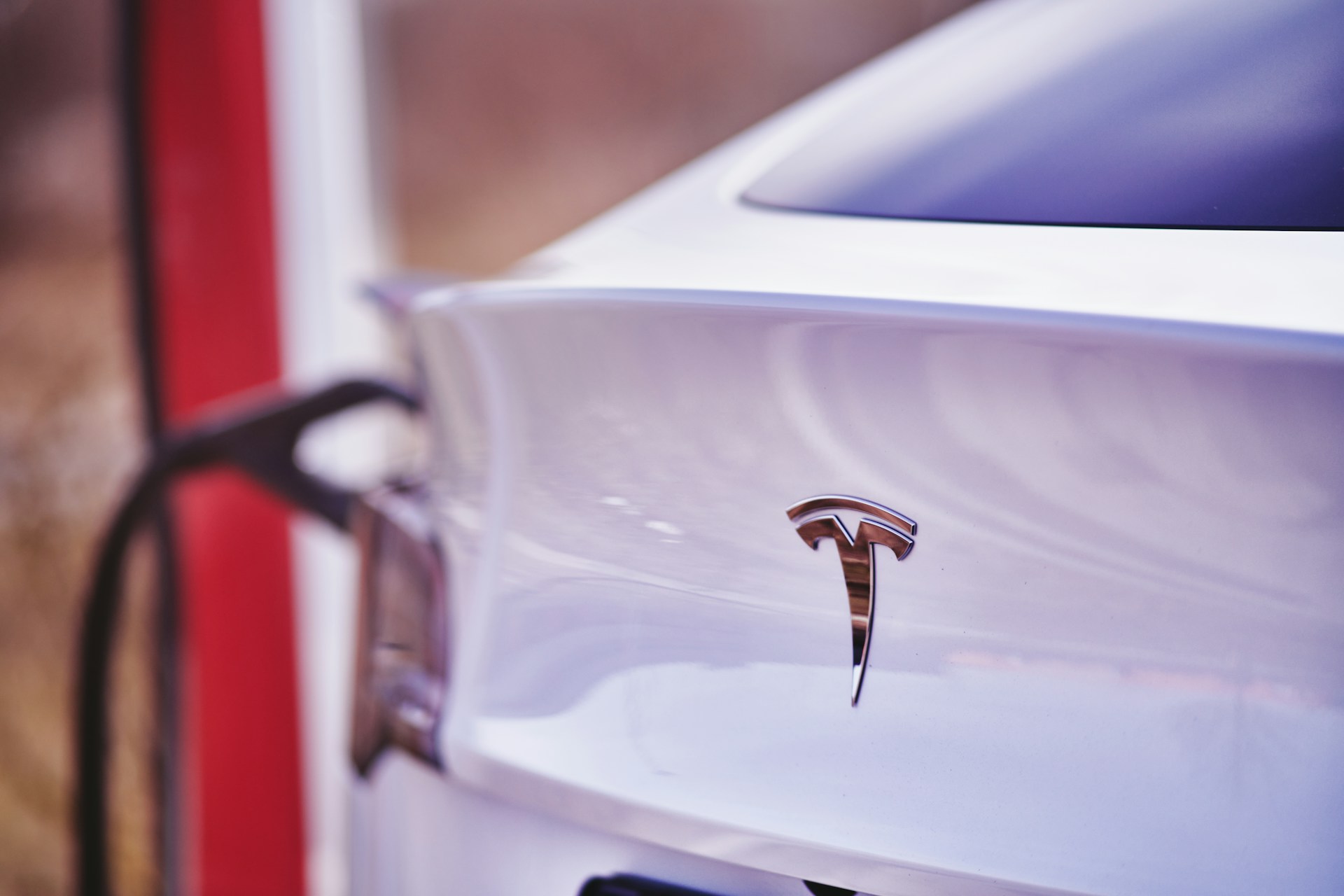Tesla has introduced new details about its Powerwall 3, revealing a budget-friendly 'DC Expansion' option that allows homeowners to stack multiple units for increased energy capacity. This innovative approach aims to make sustainable home energy solutions more accessible and efficient.
Tesla Enhances Home Energy Solutions with Advanced Powerwall 3 Features
Tesla has revealed further information about Powerwall 3, its next-generation home energy storage device, and there's more good news.
Electrek initially reported that Tesla began Powerwall 3 installations in the United States despite the fact that the product had not yet been formally launched on its website in September.
As previously stated, the main distinction from the Powerwall 3 is a larger continuous power output of 11.5 KW and an integrated solar inverter.
Elon Musk, Tesla's CEO, later acknowledged that the new Powerwall 3 had a large peak power output of 30 kW.
The company continued to employ both the Powerwall 2+ and the Powerwall 3 depending on what was most appropriate for each installation and as it ramped up the new unit.
But these are only a few of the enhancements that the new Powerwall 3 brings. Tesla is still working on a few more applications for the Powerwall 3 technology.
Tesla has now released a webinar for its installers about the new Powerwall 3, which includes a few more intriguing tidbits.
Most Powerwall 2 installations required multiple units, however this was due to power restrictions rather than energy capacity. Households required more continuous power capacity to operate important electric equipment from the battery pack.
With the same 13.5 kWh energy capacity, a single Powerwall 3 can power an ordinary home for hours.
Tesla's Powerwall 3 Innovates with Cost-Effective, Stackable Energy Modules
For individuals who require additional energy capacity, Powerwall 3 will be easier and less expensive to stack.
Tesla claims it is developing a new version of the Powerwall 3 that does not include power inverter components and may be stacked alongside a complete Powerwall 3.
This additional capacity allows you to combine four Powerwall 3s for a power capacity of 46 kW and an energy capacity of 54 kWh, however this is an unusual power-energy mix that is unsuitable for most applications.
However, this planned new stackable modules without power inverter, which Tesla calls “DC Expansion,” means that you can execute a different arrangement centered on adding greater energy capacity.
A single device on the right (one full Powerwall and three 'DC extensions') has a potential continuous power capacity of 11.5 kW and an energy capacity of 54 kWh.
The next DC Expansion unit will be $1,000 lower than the Powerwall 3, which is priced at $9,300 before incentives.
Tesla verified during the webinar that the Powerwall 3, like the Megapack, uses LFP battery cells.
The less energy-dense battery chemistry is better suited for stationary energy storage applications because to its longer life.
Photo: Michael Förtsch/Unsplash



 Taiwan Opposition Criticizes Plan to Block Chinese App Rednote Over Security Concerns
Taiwan Opposition Criticizes Plan to Block Chinese App Rednote Over Security Concerns  Australia Enforces World-First Social Media Age Limit as Global Regulation Looms
Australia Enforces World-First Social Media Age Limit as Global Regulation Looms  US Charges Two Men in Alleged Nvidia Chip Smuggling Scheme to China
US Charges Two Men in Alleged Nvidia Chip Smuggling Scheme to China  EssilorLuxottica Bets on AI-Powered Smart Glasses as Competition Intensifies
EssilorLuxottica Bets on AI-Powered Smart Glasses as Competition Intensifies  China Adds Domestic AI Chips to Government Procurement List as U.S. Considers Easing Nvidia Export Curbs
China Adds Domestic AI Chips to Government Procurement List as U.S. Considers Easing Nvidia Export Curbs  Trump’s Approval of AI Chip Sales to China Triggers Bipartisan National Security Concerns
Trump’s Approval of AI Chip Sales to China Triggers Bipartisan National Security Concerns  SpaceX CEO Elon Musk Denies Reports of $800 Billion Valuation Fundraise
SpaceX CEO Elon Musk Denies Reports of $800 Billion Valuation Fundraise  SK Hynix Labeled “Investment Warning Stock” After Extraordinary 200% Share Surge
SK Hynix Labeled “Investment Warning Stock” After Extraordinary 200% Share Surge  Nvidia Develops New Location-Verification Technology for AI Chips
Nvidia Develops New Location-Verification Technology for AI Chips  Australia’s Under-16 Social Media Ban Sparks Global Debate and Early Challenges
Australia’s Under-16 Social Media Ban Sparks Global Debate and Early Challenges  Moore Threads Stock Slides After Risk Warning Despite 600% Surge Since IPO
Moore Threads Stock Slides After Risk Warning Despite 600% Surge Since IPO  Trump Criticizes EU’s €120 Million Fine on Elon Musk’s X Platform
Trump Criticizes EU’s €120 Million Fine on Elon Musk’s X Platform  Trump Signs Executive Order to Establish National AI Regulation Standard
Trump Signs Executive Order to Establish National AI Regulation Standard  SoftBank Shares Slide as Oracle’s AI Spending Plans Fuel Market Jitters
SoftBank Shares Slide as Oracle’s AI Spending Plans Fuel Market Jitters  SK Hynix Considers U.S. ADR Listing to Boost Shareholder Value Amid Rising AI Chip Demand
SK Hynix Considers U.S. ADR Listing to Boost Shareholder Value Amid Rising AI Chip Demand  Evercore Reaffirms Alphabet’s Search Dominance as AI Competition Intensifies
Evercore Reaffirms Alphabet’s Search Dominance as AI Competition Intensifies 































